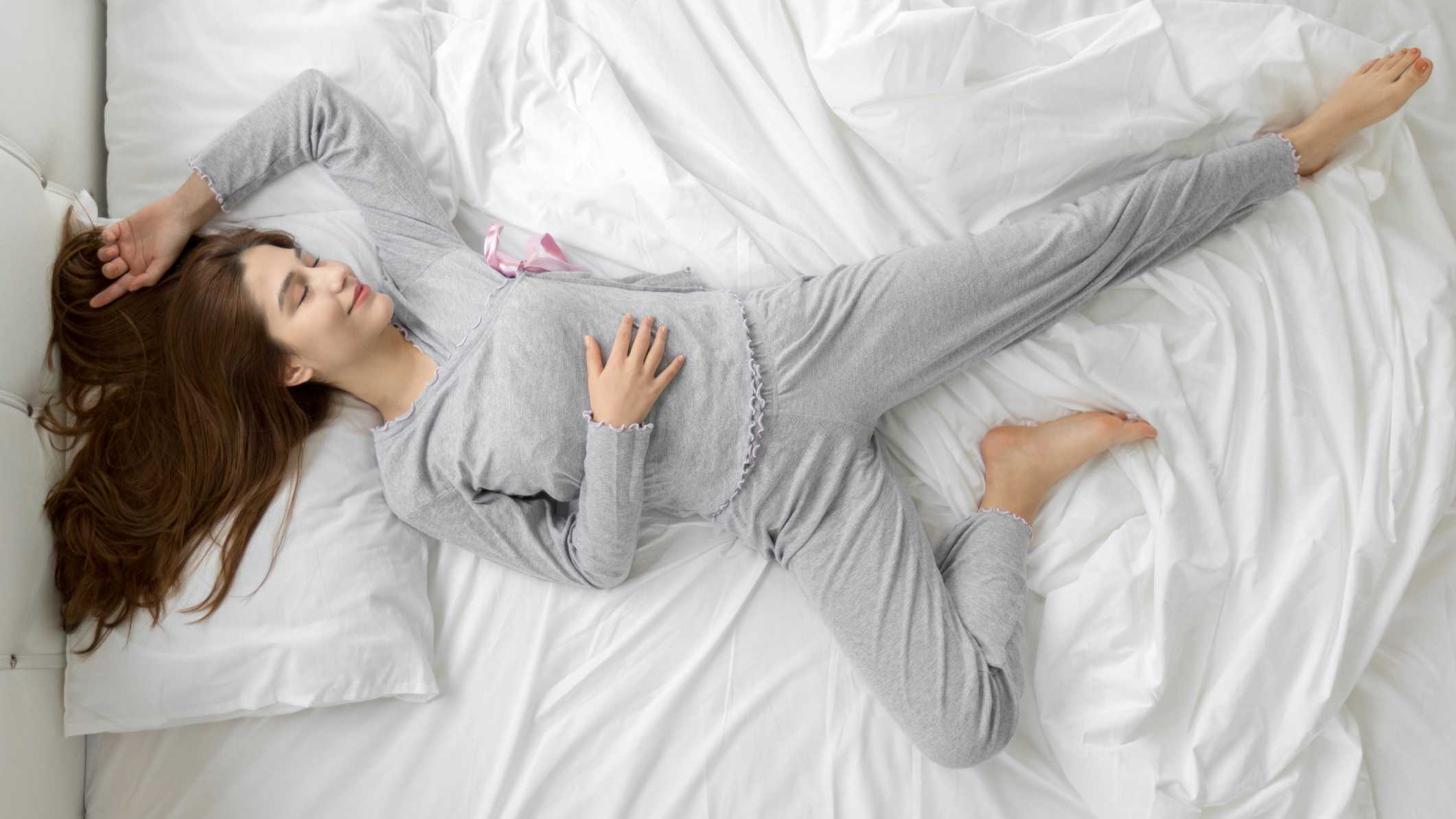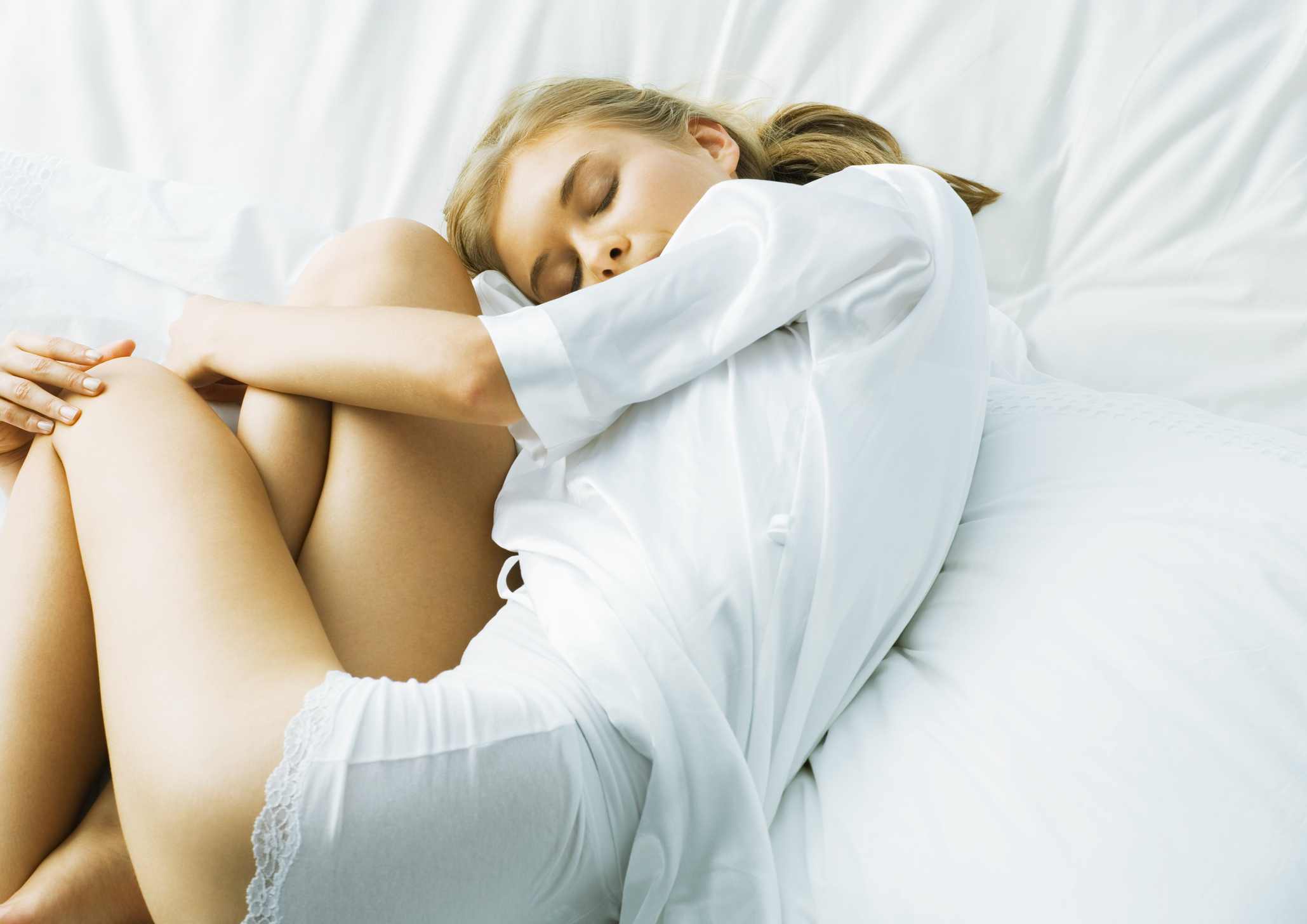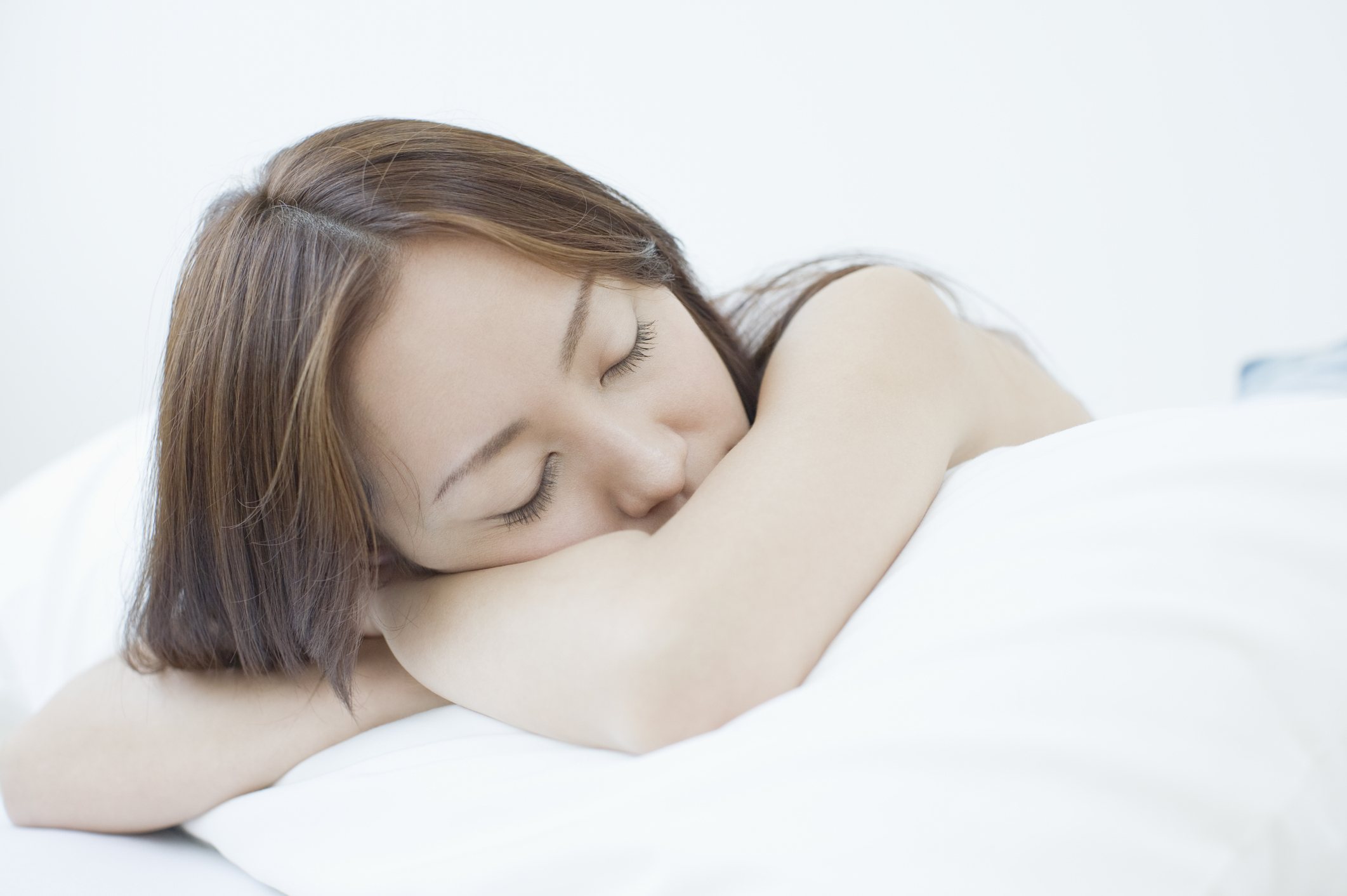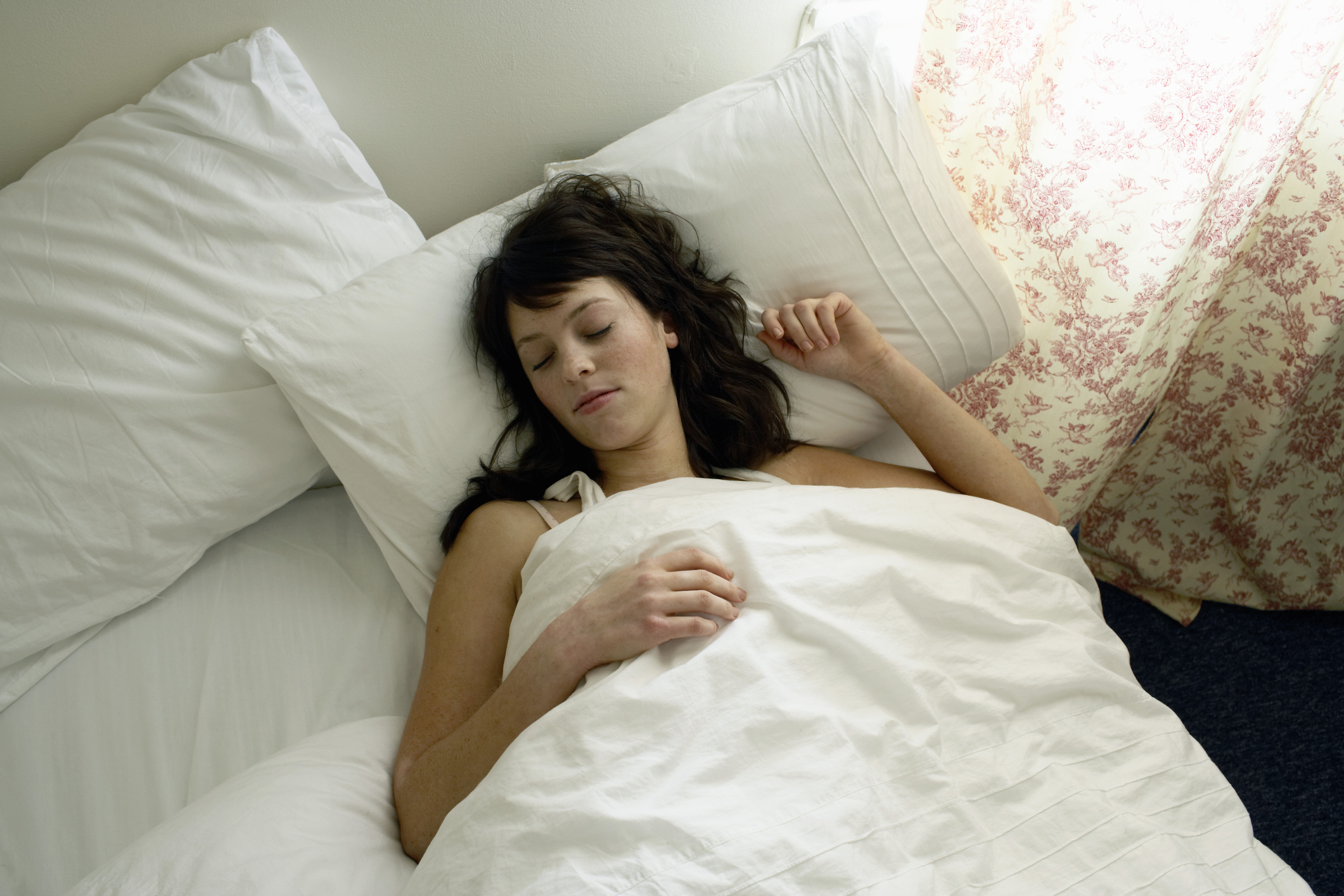What sleeping position is best for you?
Spine, side or stomach? Find out what sleeping position is best for you and your health

We spend a third of our entire lives in bed—ideally sleeping, but all too often, watching TV, browsing through TikTok on our phones or, worse, trying to fall asleep. It can seem like everything you forgot all day long pops into your head just as you're about to fall asleep, forcing you to get up and write it down before researching the best meditation apps to keep it from happening again. For something so important that takes up so much of our time, we don't put much time wondering 'how many hours of sleep do I need?' or 'what sleeping position is best?'
Sleeping in the wrong position can affect sleep quality, lead to tossing and turning, frequent awakening, and even cause pain. A healthy amount of sleep isn't just about how many hours you're asleep either. It's about the quality and kind of sleep also.
- Best sleep aid: The greatest accessories to help you finally get a good night’s shut-eye
REM sleep is the deepest stage of sleep and the most important. That's where restorative rest takes place. Tossing and turning or waking up because of your sleep position can cause you to get significantly less REM sleep. Not getting enough REM sleep has been linked to increased risks of developing:
- Obesity
- Diabetes
- Dementia
- Cancer
- Heart disease
- Focus issues
- Headaches
Sleep is much more important than we give it credit for. Sleep position can play an important role in getting enough rest and getting the right amount of the right kind of sleep. Let's talk about what sleeping position is best for which people and issues.
What sleeping position is best for your health?
In the fetal position

This is the most common sleep position because it's natural and comfortable for our bodies to fold this way. It's also possible that because it's the first position we experience from inside the womb, it may provide emotional comfort as well. Almost half of all Americans sleep in the fetal position. Interestingly, it's actually a more common sleeping position among women, with 15 percent fewer men choosing to sleep this way.
Sleeping in the fetal position is considered very beneficial and is often recommended by doctors. Be sure to avoid curling yourself up too tightly though. If your knees are too close to your chest it could constrict your breathing. Make sure you have a pillow that sufficiently closes the gap between the mattress and your head that your shoulder creates to avoid neck strain. A pillow between your knees can help reduce the pressure on your hips and align your spine for even better sleep.
Sleeping in the fetal position—especially on your left side—can help with conditions like back pain, pregnancy symptoms, sleep apnea, snoring, acid reflux, heartburn, and insomnia. Despite the numerous benefits, it can aggravate joint pain and stiffness for some people.
On your belly

Sleeping on your stomach is one of the least recommended sleep positions, as it's the one with the fewest benefits that may cause the most problems. While it may help with snoring and sleep apnea since it helps keep the airway open more, it has many drawbacks. This position causes the spine to be misaligned and can lead to back pain.
Having your neck turned that way could cause soreness as well. It even causes restlessness as your body struggles to get comfortable and leads to overall poor sleep quality. For those concerned about wrinkles, sleeping on your stomach with your face pushed into the pillow with so much force can accelerate wrinkle development and even cause other recurring changes in the skin.
If you're going to sleep this way, it might help to put a pillow under your pelvis to push the spine up into alignment and help prevent back pain. Also, sleeping with either a very thin pillow or no pillow at all can help to avoid hurting your neck. A thick pillow will push it into an angle that can cause muscle strain.
On your back

This one is a bit of a double-edged sword, to be honest. Some sources say that sleeping on your back is the best position to help greatly reduce back pain and alleviate pain in the hips and knees as well. The Cleveland Clinic says it's a good position for spinal alignment, especially if you have a good quality pillow like one made from memory foam to support your head, and another pillow under your knees as this helps keep your spine in the right position.
While all the sources did mention that there are positives and negatives to sleeping this way, especially for back issues, the clearest way to explain it seems to be that while it can cause back issues, especially if you don't use the pillows correctly, it can prevent them if the spine is properly aligned. For those who already have back problems though, this may be more painful, and proper support is even more important.
The My Imperfect Life team is all about helping you navigate your world. We bring you the latest on fashion, beauty, travel and wellness so you can live life on your terms.